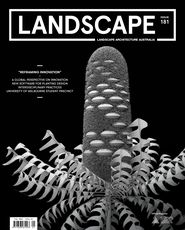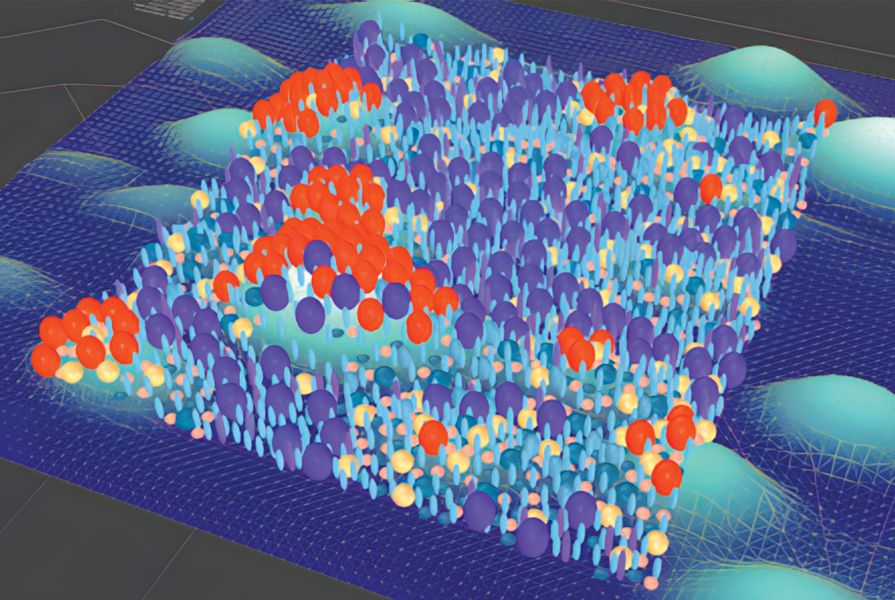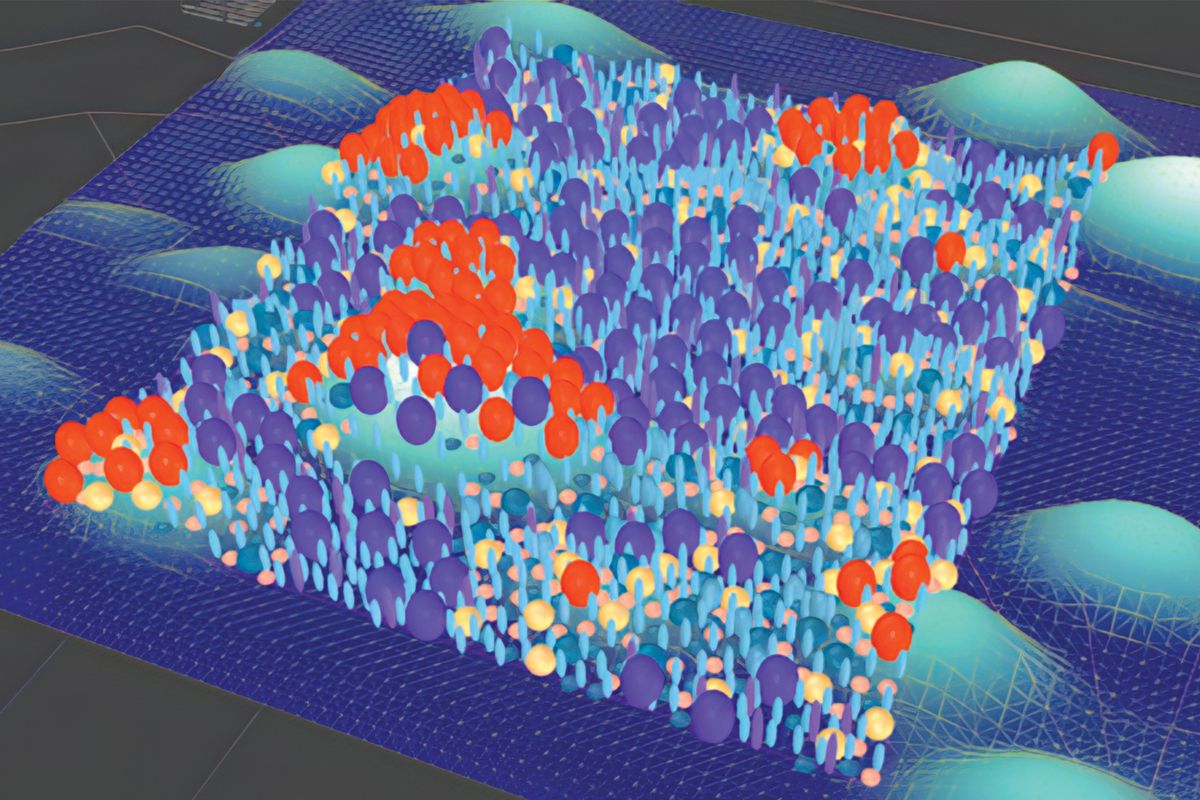Innovation describes a process of adjusting existing practices to meet changing conditions and improve performance. Economist Joseph Schumpeter first conceived of the idea of innovation as “creative destruction” in the 1940s, in reference to capitalism’s continual evolution. Since then, however, the term has come to encompass the technical and social dimensions of change across many disciplines and professions.
This edition of Landscape Architecture Australia explores how innovation is understood and how it is transforming landscape architecture practices in contemporary Australia. It examines how the boundaries of the profession are being pushed by prevailing forces of change. These forces range from the industry and the market, the emergence of digital technologies and the impetus for climate-positive action, to the social dynamics of reconciling the relationship with First Nations people in Australia. Responses in practice show innovation to be an ongoing journey, rather than a destination.
An innovation journey is characterized as much by careful planning and strategic implementation as it is by some X-factor combination of curiosity, courage, perseverance and the desire to do things better. Invariably, such journeys also include risk and failure. Yet, the richness of learning, knowledge and outcomes can all too often be missed because of the built environment’s conventionally siloed approach to project work paired with the often competitive nature of design practice. For this reason, the articles in this edition investigate the factors that influence innovation across the spectrum, from micro to macro. This snapshot embraces themes of technology, culture, design process, identity, leadership, interdisciplinarity, education and the role of data.
Open sharing of the knowledge from innovation journeys is sorely needed if the landscape architecture profession is to meet the industry challenges of ever-emerging technologies, a shortage of skills and competition from other disciplines, as well as the increasing demand on built-environment professions for greater collaboration on projects and government policies. In this context, smaller landscape architecture practices (which make up the majority of the profession) are particularly at risk of falling behind and missing opportunities to evolve.
A key way to begin sharing knowledge is by discussing the impacts of innovation as issues arise. AI, for example, offers significant challenges and opportunities for innovation in landscape architecture – yet, because of the rapidly evolving and complex ethical and commercial dimensions of the topic, we were unable to include an article on it in this edition. Similarly, we engaged with a First Nations perspective on innovation and working with traditional knowledges and practices, but were unable to meet the timeline of this edition. The difficulty in capturing these perspectives highlights the need to foster a coherent and robust innovation culture within the profession, so we can confidently respond and grow in times of change.
Evidence of rigorous reflection on innovation is included in the edition. Fiona Johnson’s journey in exploring a new medium for design practice in video games reveals the true grit of working at the edge of the profession and competing in a larger arena than landscape architecture. Michael G. White’s work in applying computational design to planting illustrates ways of enhancing greening strategies. And Phillip Belesky’s interviews with digital toolmakers unpacks a spectrum of approaches to the sharing of new software that ranges from open-sharing to commercialization. Importantly, these articles address the need to continually re-define a value proposition that is driven by economic dynamics and imperatives, including labour and intellectual property. These articles also address other key interacting elements of innovation: contexts (organizational, industry-related and technological); types (the extent of change from incremental change to system-wide change); and newness (the implementation of a novel approach, processes, product or services into practical use).
This collection of articles presents the perspectives and experiences of a wide cross-section of contributors in practice and academia to begin discussion and debate around what it means to innovate in the Australian profession. Beyond loose descriptions of originality, novelty and creativity, let’s start to reframe what innovation really means so we can raise the bar of our ambition, evolve in practice, and better shape the built environment.
– Jela Ivankovic-Waters and Darren Hickmott, guest editors
Source

Practice
Published online: 25 Jan 2024
Words:
Jela Ivankovic-Waters,
Darren Hickmott
Images:
Landau Design and Technology
Issue
Landscape Architecture Australia, February 2024












